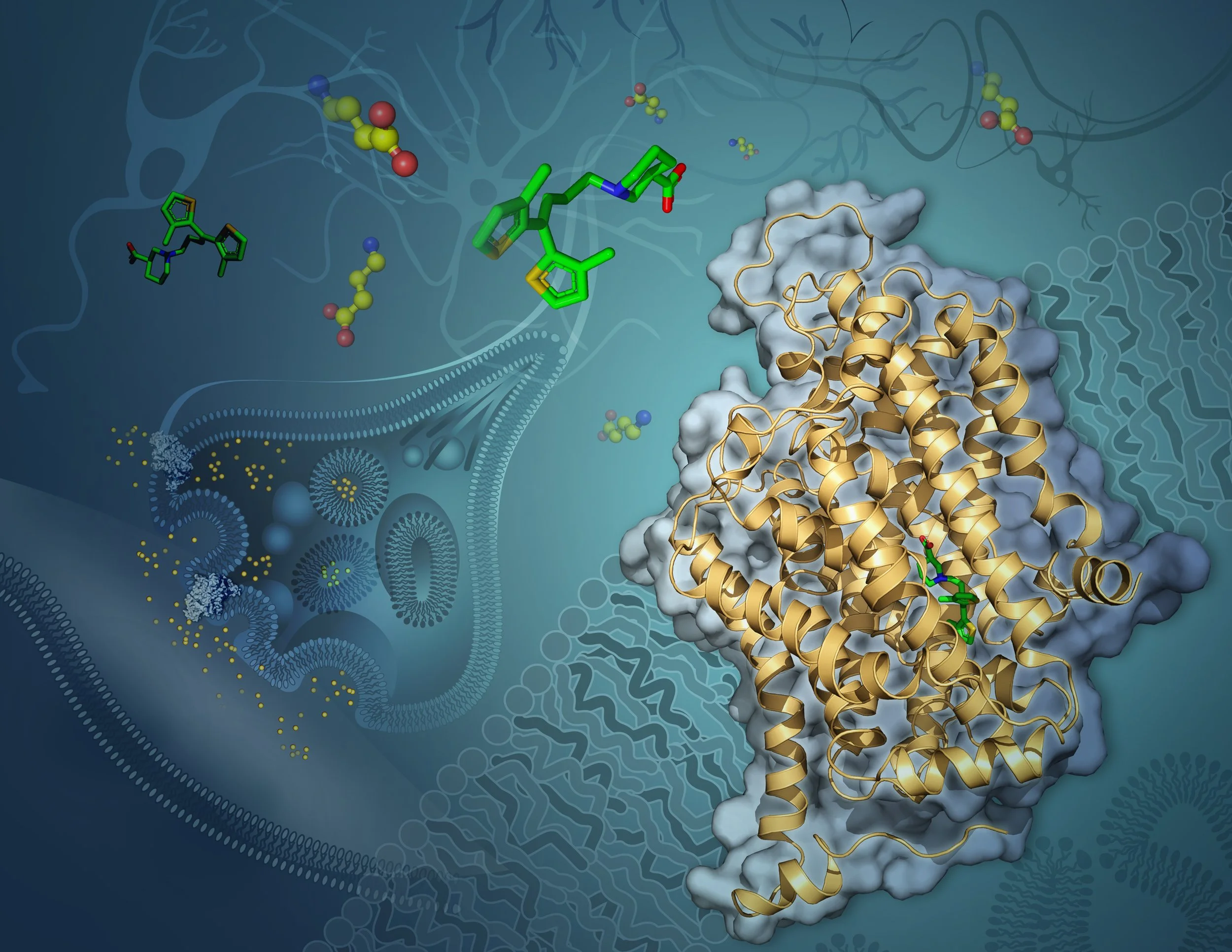Research
Our research focuses on elucidating the structures and mechanisms of key membrane proteins, with particular emphasis on G protein-coupled receptors (GPCRs) and solute carriers (SLCs). These two protein families are among the largest in the human genome and play vital roles in physiology, making them important targets for therapeutic development.
By determining high-resolution structures, we aim to uncover how these proteins function at the molecular level and how their activities can be modulated for medical applications. To complement our structural studies, we employ a diverse array of biochemical and biophysical techniques to probe protein dynamics, interactions, and mechanisms.
We welcome collaborations and inquiries from researchers interested in membrane protein structure determination, biophysical characterization, or related methodologies.
-
Our main structural biology technique is single particle cryoEM.
Useful links:
-
We deploy standard biochemical purification techniques with various expression systems (Sf9 and HEK293), followed by a range of different reconstitution techniques:
detergent based micelles
SMA copolymer nanodiscs
conventional (MSP-based) nanodiscs
liposomes
Lipidic cubic phase (LCP) crystallization
-
Item description
-
G protein-coupled receptors are the largest family of membrane proteins in the human proteome, and represent the largest target for therapeutics.




